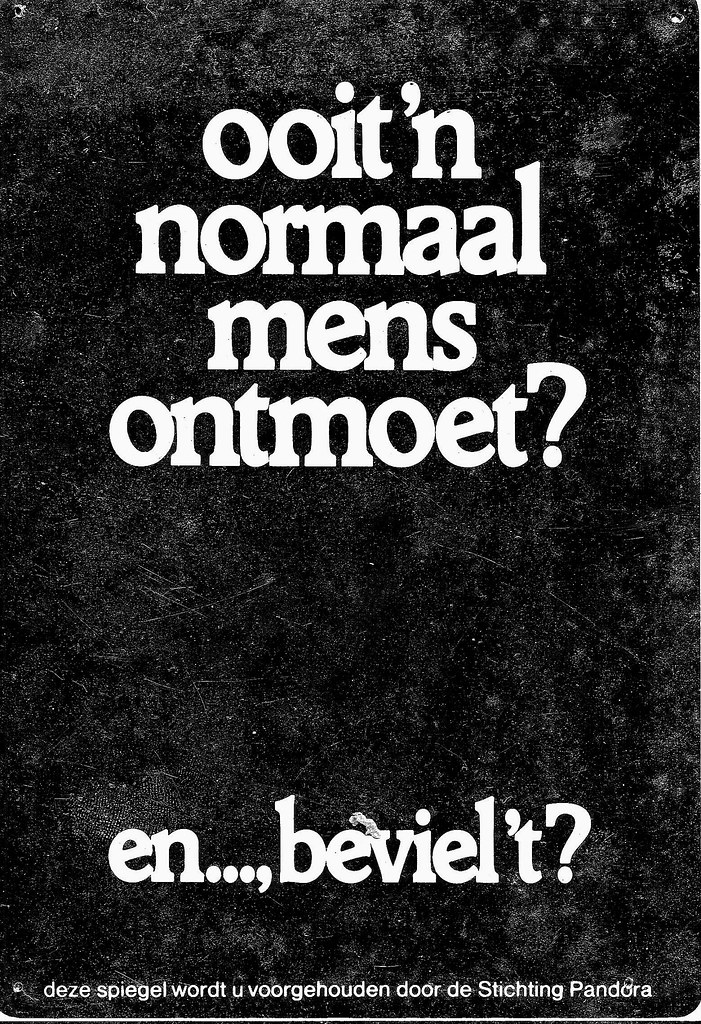With my friend Ingrid, I’ve been experiencing this for years. Just as I’m about to call her, she calls me. Or we get exactly the same idea at exactly the same moment. And we kept saying: “How strange, isn’t it?” or “This is so special.” Until a few days ago, I suddenly realized it and suggested to her that from now on we should just call it “the new normal.”
Because it is normal. We all come across it now and then. We’re just not used to noticing it. Because what we notice is determined by our ideas about what is “true” and “possible” and “factual” and “normal.” Our beliefs determine how and what we see, hear, and feel, what stands out to us, and how important we consider it to be.[1] Only when we become aware of this habitual attention do we have the choice to open ourselves to what, until then, we called “para-normal” (falling outside the “normal”). And then it turns out to be quite ordinary after all…
Let’s do that now — open ourselves up.
When Jung[2] speaks of synchronicity[3] He is talking about events that cross our lives as meaningful coincidences. These are moments when the outside world seems to move in tune with our inner state of being: a meeting that comes at just the right time, a symbol that appears both in a dream and in waking life, an unexpected turn that feels like an answer. Synchronicity gives us the experience that we are part of a greater whole, a web of interconnectedness that is anything but random.
Phil Stutz[4] uses a different language. He doesn’t speak about coincidental events, but about higher powers that each of us can access within ourselves. By that he means universal forces that are always available. He is very practical about this. They are not abstract ideas, but tangible sources of energy and direction. He calls them higher powers because they are greater than our limited personality and our automatic habitual reactions.
nstead of trying to control life or avoid pain, he invites us to consciously learn to connect with these forces and to act in alignment with something greater than the fears and patterns of our personality.
Als je in de aandacht van je hart bent[5] When you are in the attention of your heart, you can choose at any moment to move closer to vitality, creativity, and connection. This flow does not arise from making everything easy, but rather from no longer fighting against the natural dynamics of life. Pain, uncertainty, and resistance are not obstacles but gateways. When we learn not to turn away from what is difficult or uncomfortable, but to move toward it and through it, a different, greater energy is released. By noticing and calling upon that energy daily, we enter a kind of inner attunement, an alignment. In that space, the struggle falls away, and a natural flow emerges in which life carries itself.
Although the words differ, both perspectives touch on the same experience: the feeling of entering a flow that supports and guides us. In synchronicity, this flow appears from the outside, in the meeting between inner and outer. In Stutz, it arises from within, when we actively choose to move through pain and uncertainty and gain access to a greater energy.
Together they show that flow is not a matter of random luck, but a dynamic that manifests both within and around us. The higher powers are the inner aspect of the same movement that reveals itself outwardly through synchronicity. Whoever practices calling upon the higher powers becomes receptive to life’s signals. And whoever recognizes the signs of synchronicity feels the invitation to move along with that same current.
- [1] Eva Wolf, The Flower,1.2, 11.2, 14.2, 16.1.
- [2] Carl Gustav Jung (1875-1961), Suiss psychiatrist first coined the term synchronicity
- [3] Synchronicity (from Greek, syn = together, chronos = time: simultaneous) is the phenomenon in which two or more events occur at the same time and are experienced as meaningfully connected by the observer, without there being a clear cause-and-effect relationship.
- [4] Phil Stutz (1948), Amerikaanse psychiater, Tools. Zie ook de Netflix documentaire Stutz
- [5] Eva Wolf, The Flower, 2, 7, 14.2
